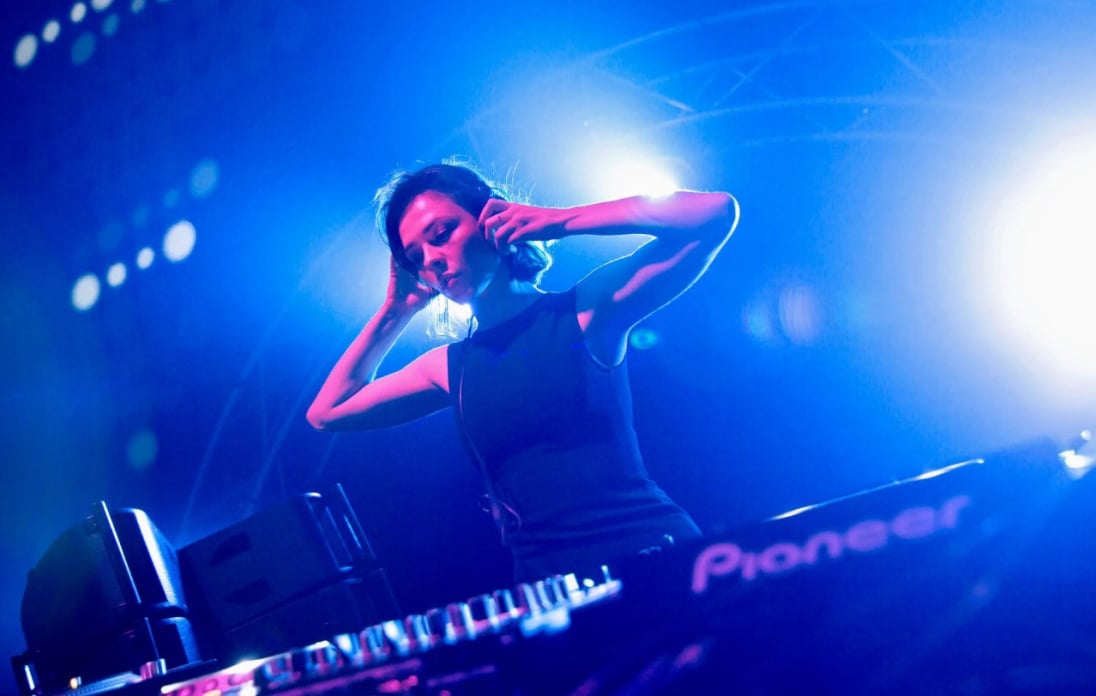
Women in Electronic Music: Breaking the Sound Barrier
Electronic music’s history often spotlight male pioneers—but women have been shaping its sound since the beginning. In the 1950s, Daphne Oram co-founded the BBC Radiophonic Workshop, inventing groundbreaking tape-loop techniques. Yet her name remains obscure compared to her male peers.
The ’70s and ’80s saw women like Suzanne Ciani and Wendy Carlos push boundaries. Carlos’ Switched-On Bach brought synths to classical audiences, while Ciani’s advertising jingles (think Coca-Cola’s "pop-and-pour") proved electronic music’s commercial appeal. Still, they fought for recognition in a male-dominated field.
The rave era of the ’90s was no different. DJs like Miss Kittin and Ellen Allien carved spaces in techno and house, but festivals often relegated them to side stages. Meanwhile, Björk fused electronica with avant-garde pop, earning critical acclaim yet still facing condescending questions about "who really produced her music."
Today, women like Grimes, SOPHIE, and Charlotte de Witte headline major festivals and redefine genres. SOPHIE’s hyperkinetic production inspired a generation, while Grimes’ DIY ethos empowers bedroom producers. Still, gender gaps persist—female producers account for less than 3% of charting credits.
Collectives like Discwoman and Female:Pressure fight for equity, offering mentorship and platforms. Social media also helps artists bypass gatekeepers, but systemic change is slow.
The future is bright, though. Young artists like Eris Drew and TSHA blend activism with artistry, proving electronic music isn’t just a boy’s club. As more women take the decks, the narrative—and the sound—will keep evolving.